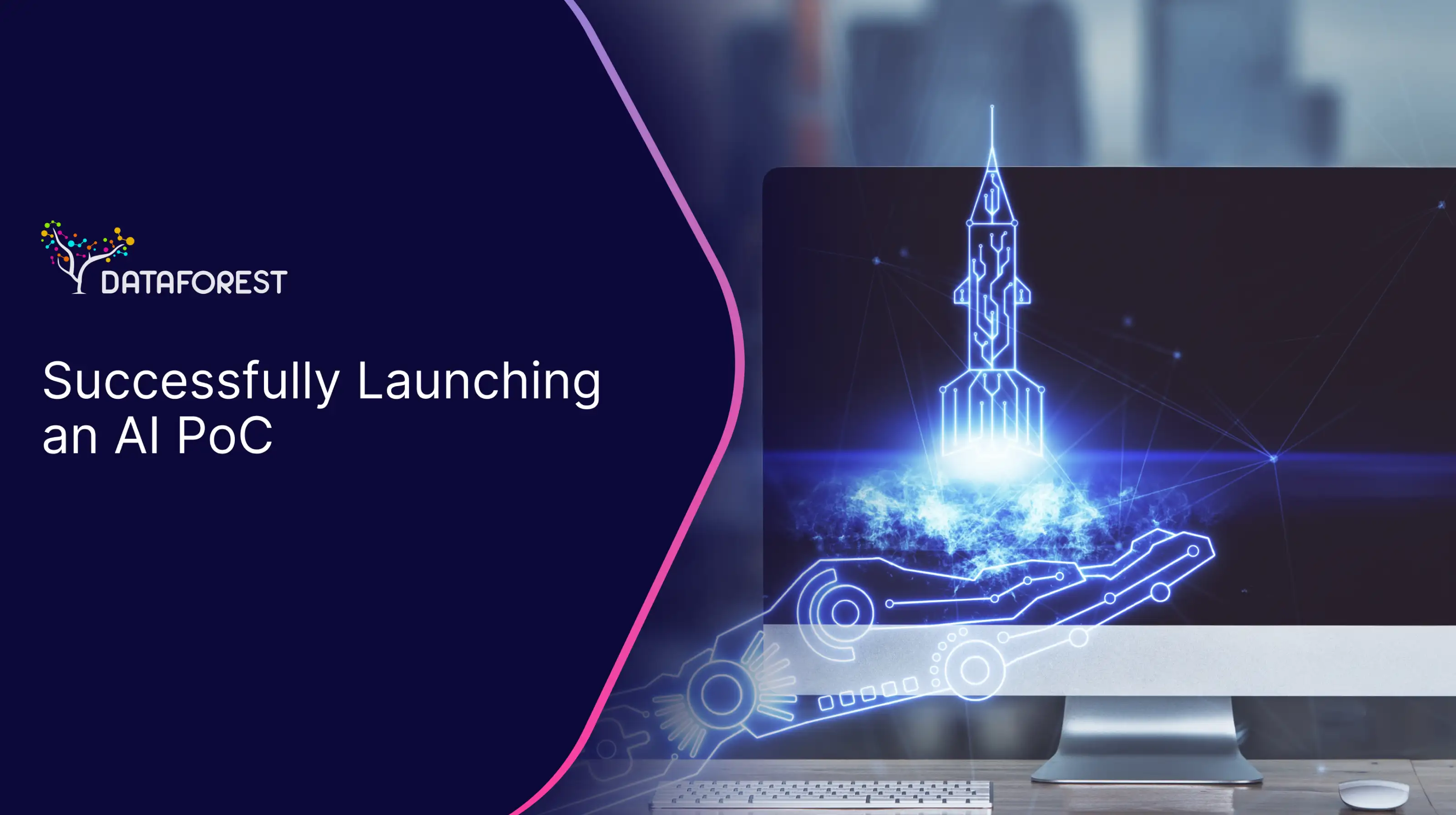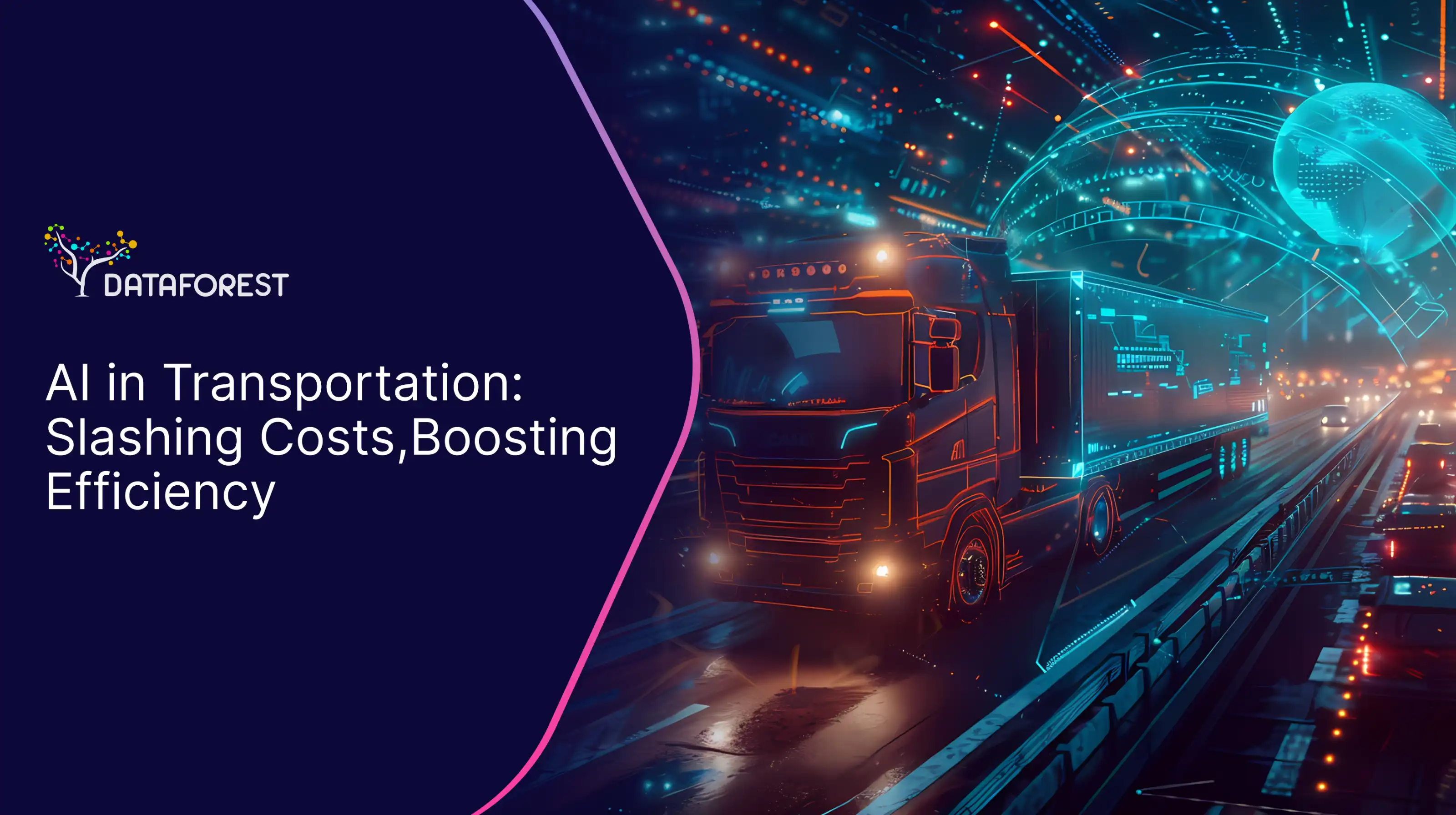Share
Table of contents:

Mobile app scraping is the process of programmatically extracting data from mobile applications. This practice involves reverse-engineering mobile applications, typically on iOS or Android platforms, to access the underlying data served to the app interface. Mobile app scraping is used to retrieve information for purposes such as competitive analysis, market research, price comparison, and data aggregation, enabling users to gather insights that are not always available via web scraping. However, mobile app scraping requires specialized techniques due to mobile-specific data structures, network protocols, and security measures unique to app environments.
Core Characteristics and Techniques
- API Interception:
- Many mobile applications interact with web servers through Application Programming Interfaces (APIs). Mobile app scraping often involves intercepting these API requests to capture the data that flows between the application and the server.
- By using tools like network sniffers (e.g., Charles Proxy or Fiddler), data can be intercepted from HTTP or HTTPS requests, assuming the data is unencrypted or decryptable by adding security certificates to the device’s trusted root.
- Reverse Engineering:
- Reverse engineering involves analyzing the application’s code, often through decompilation, to understand its data structure and request pathways. For Android apps, this might involve converting compiled APK files into readable Java source code. For iOS, the process often requires jailbreaking the device to access app binaries.
- By deconstructing the app’s code, users can uncover API endpoints, authentication methods, and data formats, which are essential for reproducing data requests independently of the app interface.
- Automated Interaction:
- To replicate user interactions, automation tools like Appium or UIAutomator are employed. These tools simulate user actions, such as clicking buttons or navigating through the app interface, to scrape content displayed within the app.
- Automation scripts navigate through the app’s UI, capturing data directly from the graphical interface. This approach is less efficient than API scraping but is often necessary when the app’s data is not accessible through network requests.
- Data Parsing and Formatting:
- Data from mobile app scraping may come in diverse formats, including JSON, XML, or custom protocols specific to the app. Parsing these data formats is crucial to structure and extract the relevant information.
- Common parsing libraries in Python, such as `json` and `xml.etree.ElementTree`, or custom parsers are used to transform the extracted data into a structured format for analysis.
Mobile app scraping is typically used when data is available only within the app, as opposed to being openly accessible through a website or a public API. However, it is subject to legal and ethical considerations:
- Legal Compliance: Mobile app scraping must comply with terms of service agreements, intellectual property laws, and privacy regulations. Unauthorized data extraction can lead to violations of the Computer Fraud and Abuse Act (CFAA) in the U.S. or similar data protection laws in other jurisdictions.
- Anti-Scraping Measures: Mobile apps often incorporate anti-scraping measures such as request rate limiting, CAPTCHA challenges, token-based authentication, and encrypted communication to protect against automated data extraction.
Key Components in Mobile App Scraping
- Device Emulation and Proxies:
- To simulate requests from genuine devices, mobile app scraping may require device emulation or real-device environments. Emulators like Android Studio Emulator and iOS Simulator are used to mimic actual device interactions.
- Proxies, such as residential IP proxies, help bypass geographic restrictions and prevent IP blocks by distributing traffic across multiple IP addresses.
- Authentication Management:
- Many apps use token-based authentication (such as OAuth) or session tokens to manage user sessions. Scraping systems must handle these tokens dynamically to maintain active sessions during data extraction.
- This typically requires capturing and refreshing tokens as per the app’s authentication flow, ensuring continuous access without interruptions.
- Compliance with `robots.txt` and Rate Limiting:
- Though `robots.txt` is a standard for web scraping and does not apply to mobile apps, ethical scrapers follow similar practices by respecting rate limits to prevent overloading servers or violating terms of service.
- Rate limiting compliance, typically between requests, ensures the scraper does not trigger automatic detection systems that block repeated actions from a single source.
- Error Handling:
- Mobile scraping can encounter issues such as network failures, captcha blocks, or unexpected data structures. Implementing robust error-handling procedures is essential for a stable scraping process.
- Error handling involves retry mechanisms, exponential backoff to manage repeated failed requests, and data validation checks to ensure the accuracy of scraped information.
- Data Encryption and Security:
- Mobile app data is often encrypted to protect against interception. Scraping encrypted data may require installing certificates on the device or emulator to decrypt HTTPS traffic.
- Secure handling of sensitive data and adherence to encryption protocols is vital, especially in applications dealing with personal or financial data, ensuring no private information is exposed or compromised during the scraping process.
In summary, mobile app scraping combines multiple advanced techniques to extract data from mobile applications, often demanding high levels of technical expertise and ethical considerations.











